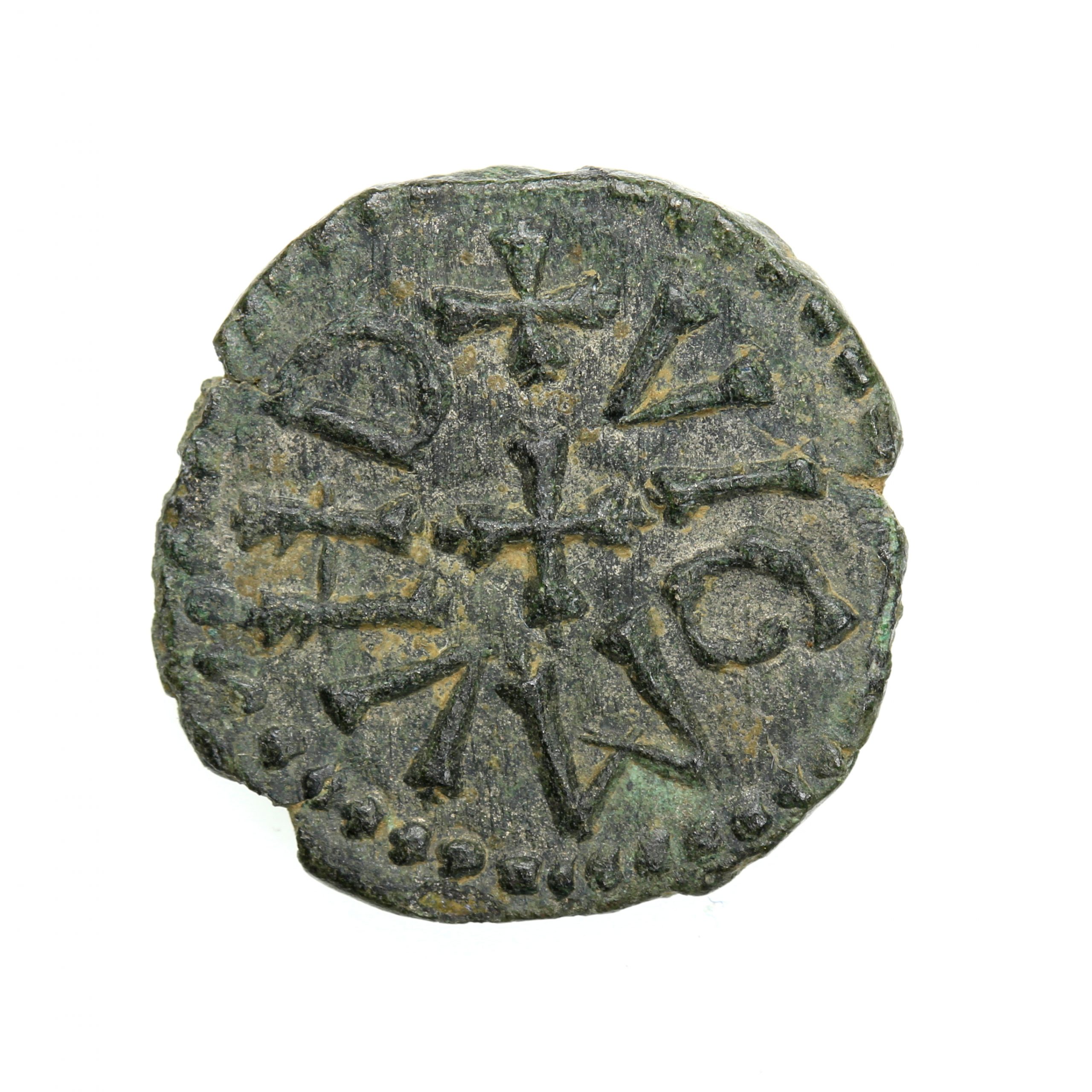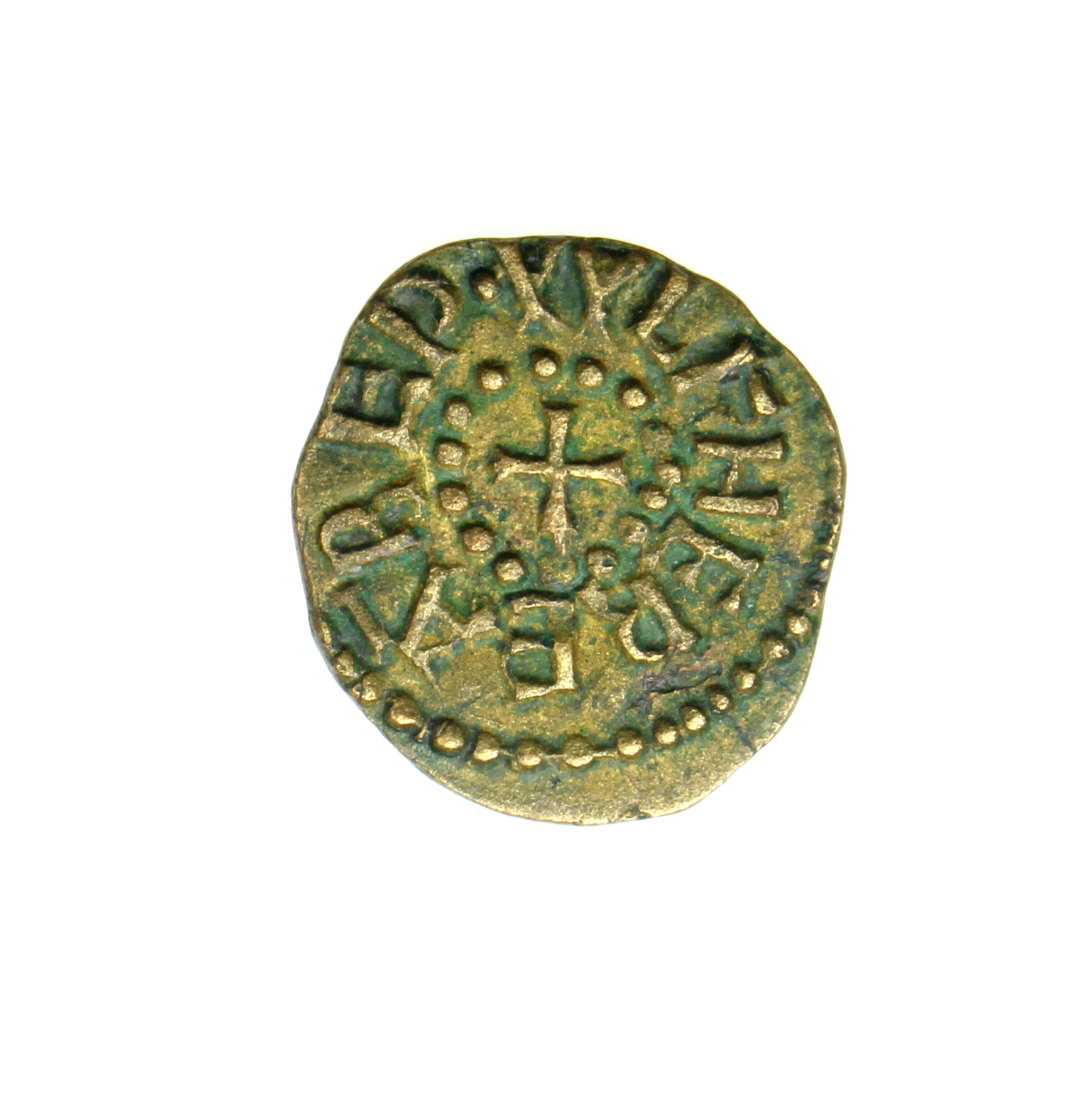Anglo-Saxon Kingdoms: Northumbria
Northumbria was formed in the late 7th century from the bloody merger of two separate, ancestral kingdoms – Deira and Bernicia. At its peak, it controlled a vast swathe of territory in Northern England and the Scottish Lowlands running from the Humber to Edinburgh, making it the largest of the seven ‘traditional’ kingdoms by area alone. Although ruled by kings, Northumbria’s political system was influenced by a high degree of political power wielded by the church, this power largely centred on the Archbishopric of York. Not only did religious institutions control many aspects of trade and the economy, but they were also major landowners in their own right and appear to have acted as ‘kingmakers’ at several key moments, both aiding and impeding prospective rulers in their efforts to claim the throne. Although surviving conflict with southern neighbours and internal civil wars through the 8th and early 9th centuries, Northumbria was effectively destroyed as an independent entity after the ‘Viking’ invasion of England in c. 866, its territory being subsequently incorporated into the Danelaw.
Some of Northumbria’s best-known contributions to English history are centred around its rich material culture, whose high point is generally placed between c. AD 680-750. Notable metalworking and architectural traditions were clearly present, the latter best illustrated by the monumental crosses scattered through churchyards within the Northumbrian sphere of influence – especially those at Ruthwell, Bewcastle and Easby. However, the predominant output consisted of the production of ornate illuminated religious manuscripts, laboriously created at monastic institutions such as Jarrow and Whitby. In some cases, these were even exported to Europe due to their reputation for high quality. Surviving pieces such as the Codex Amiatinus or gospels from Lindisfarne, Durham and Echternacht reflect glimpses into the dizzying heights of artistry achieved during this period, and demonstrate how the Northumbrian church had become an educational and artistic force to be reckoned with. It is also important to note less ‘tangible’ products in the form of non-fictional literature, with writers such as Bede and Alcuin producing a variety of writings on matters both theological and historical. Indeed, Bede’s ‘Ecclesiastical History of the English People’ is still to this day considered an important primary source for Anglo-Saxon history and a cornerstone of English national identity.
Northumbrian coinage is a highly complex topic, and there are many aspects of its chronology which have not yet been resolved with the traditional reigning dates of rulers as presented in written king-lists. This issue is primarily compounded by the fact that there are some kings who seem to have issued no coins at all, as well as that Northumbria appears to have also been plagued by internecine dynastic warfare for a fair portion of its history. As such, there are several instances where kings were deposed – but returned to reign for a second time. This, as one can imagine, makes assigning coins to specific reigns or any sort of date range highly problematic in some instances. An additional interesting facet of Northumbrian coins is that some were struck jointly between the King and Archbishop of York, and indeed the latter also seems to have held the prerogative to issue coins solely in his own name. This is comparable with the arrangement by which broadly contemporary coins were issued by the Archbishops of Canterbury.
Distinctively, Northumbria departs from the norm through its continued issue of the rather dumpy silver sceatta (and later, the copper-alloy styca) while other Anglo-Saxon kingdoms were switching to the more ‘modern’ concept of issuing silver pennies on thinner, wider flans. Both sceattas and stycas have similar design conventions in that the obverse usually displays the monarch’s name, while the reverse denotes the moneyer under whose overseership the coin was made. The first coins produced in Northumbria are some of the earliest to bear a British ruler’s name, these being of Aldfrith – who reigned from c. AD 685-705. However, his issues are quite rarely encountered. More commonly seen are those of King Eadberht, who ruled from c. 737-758 – issuing coins in both his own name and jointly with his brother, Archbishop Echberht of York. Earlier Northumbrian coins are notable in that they bear the symbol of a fantastical four-legged beast, with a flaring tongue and long tail. This symbol appears to have been adopted (for a time at least) as that of the Northumbrian royal house, appearing on coinage until the late 8th century, after which it disappears almost totally. Later sceattas tend to display a variety of different symbols, including monograms, rings of pellets and cruciform motifs, to name but a few.
The quality of Northumbrian coinage decreases after the death of Aethelred I in c. 796, particularly in the reign of Eanred (c. 810-840). By his death, the good quality silver sceatta had become the copper-alloy styca. A decrease in precious-metal content ran concurrently with a decrease in die-cutting quality, and coins began to demonstrate illiterate and even retrograde legends towards the middle of the century – especially the so-called ‘irregular’ series of stycas that were probably issued in the 850s and 860s. This low-quality coinage is thought to have been produced during the highly destructive civil war precipitating the take-over of Northumbria by the so-called ‘Great Heathen Army’ (a Viking invasion force), which sacked York in AD 866, although a final legible styca coinage of better quality was struck by Archbishop Wulfhere of York up to about AD 867.
Those interested in collecting the Northumbrian series have a myriad of options open to them. Whereas some may prefer to assemble a ‘set’ of all the different rulers who struck coins, others may feel more inclined to focus on the issues and die-varieties of one specific king. More still may go down a slightly different route, and look to undertake a more ‘academic’ collecting policy in assembling a full set of all the known Northumbrian moneyers. This is a harder but perhaps more rewarding task, as some are very rare indeed.
Due to their small size and relatively crude appearance, Northumbrian coins have often been neglected by all but specialist or academic collectors, although the dispersals of some high-quality pieces and comprehensive collections in the last twenty years or so have stimulated a great deal of interest in these fascinating issues. In particular, the collections of Lord Stewartby and Tony Abramson were particularly notable for their holdings of rare Northumbrian issues, some with impressive provenances dating back to hoards discovered as early as the mid 19th century. Northumbrian coins were also present in the collection of Archbishop John Sharp (1644-1714), one of the earliest English numismatists. Some of his coins appear in published works from as early as the 18th century.

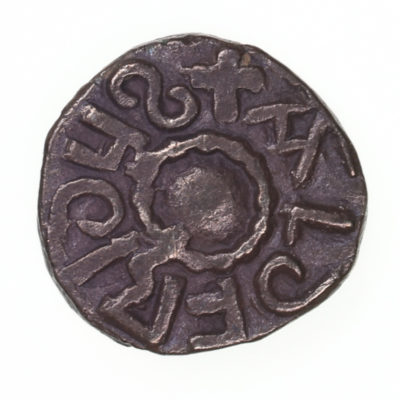
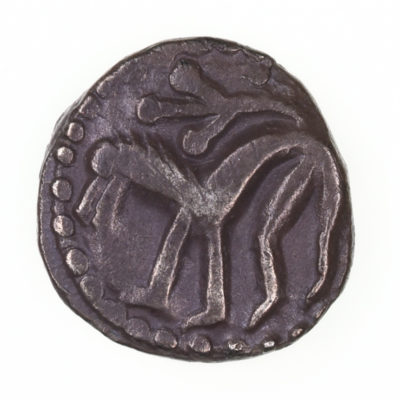
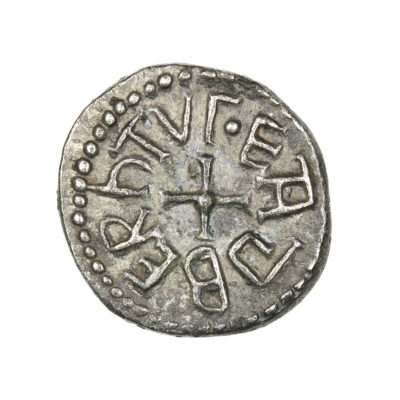
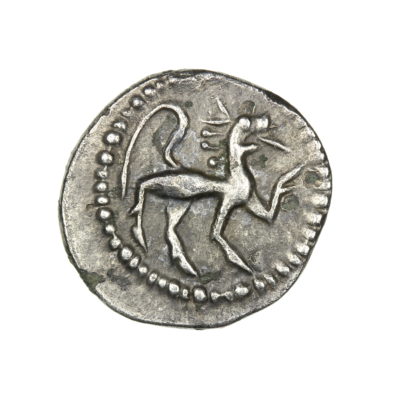
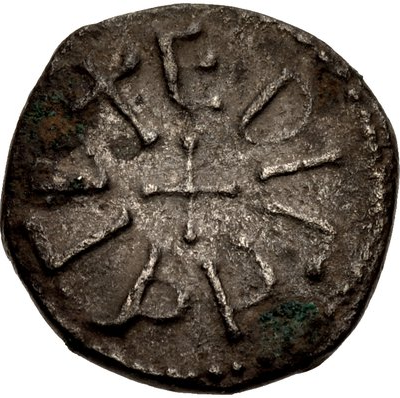
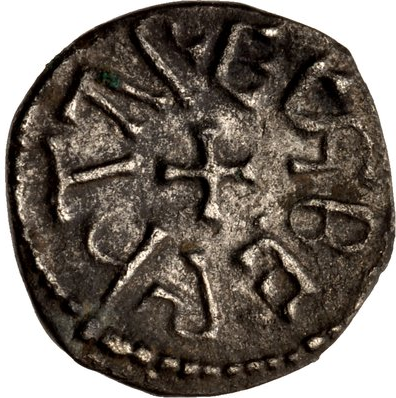
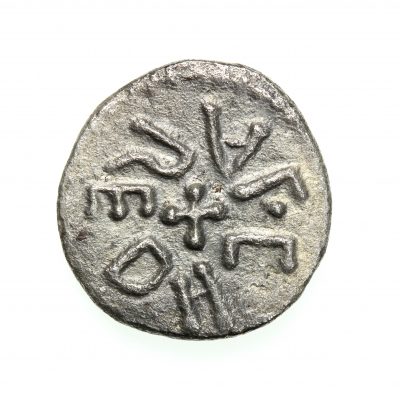
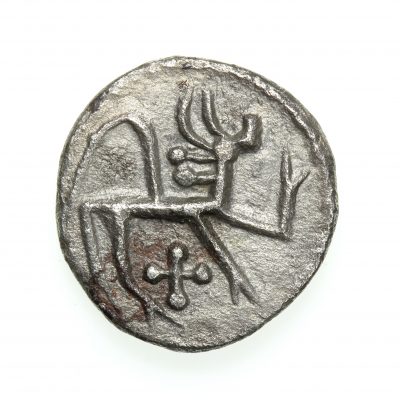
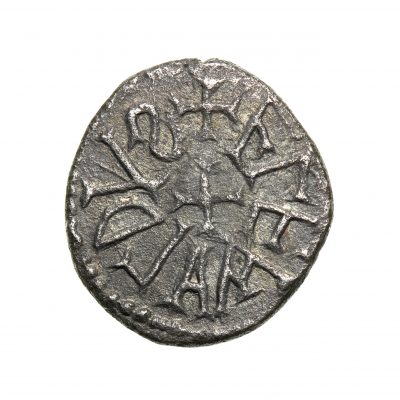
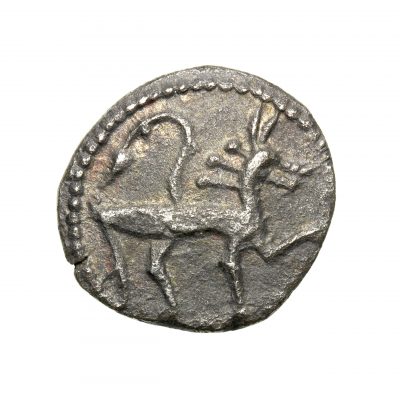
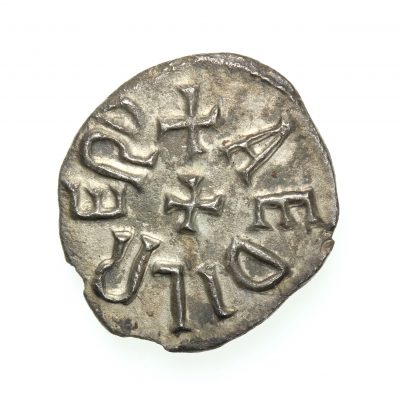
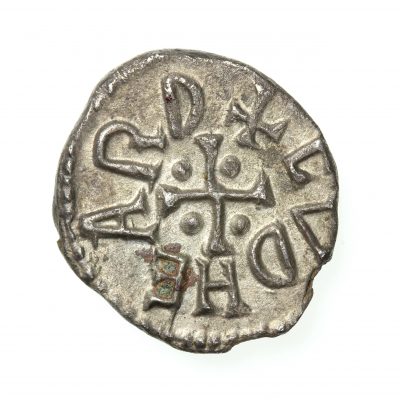
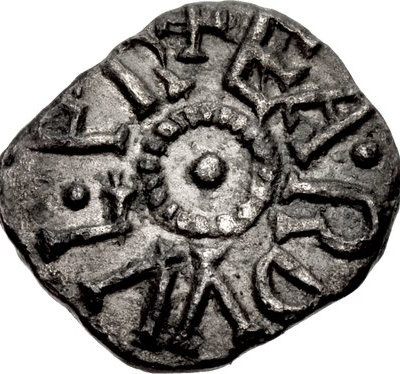
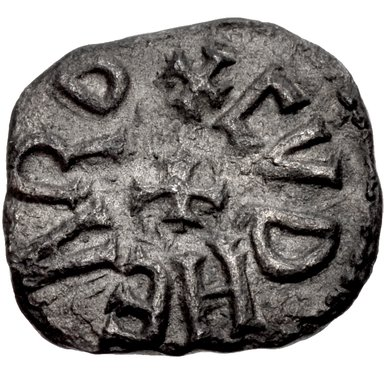
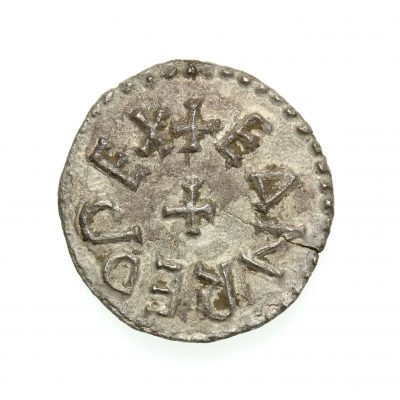
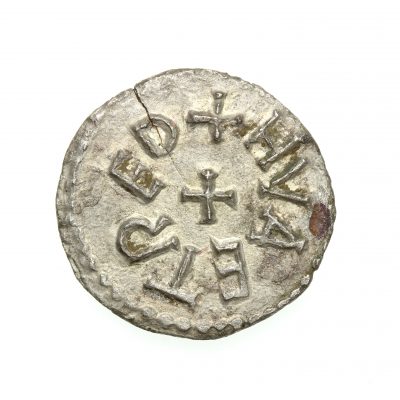
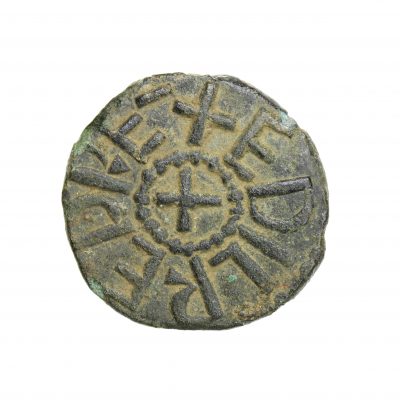
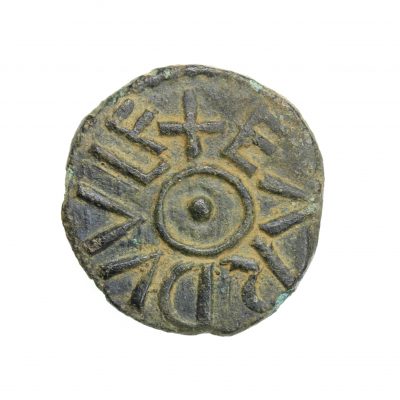
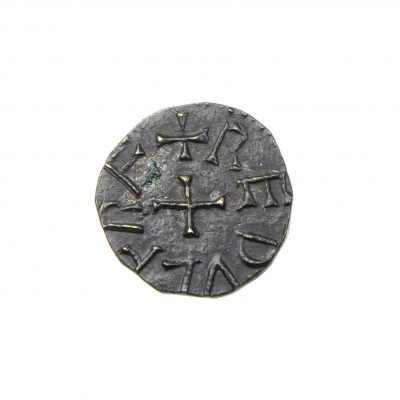
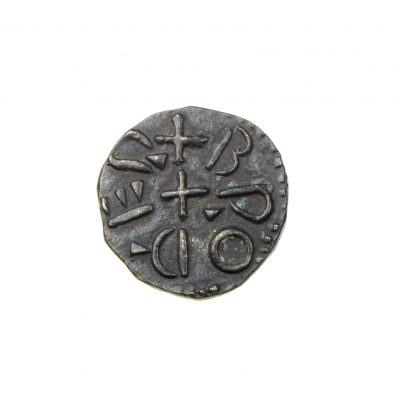
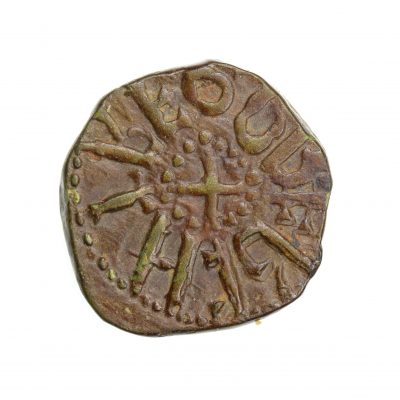
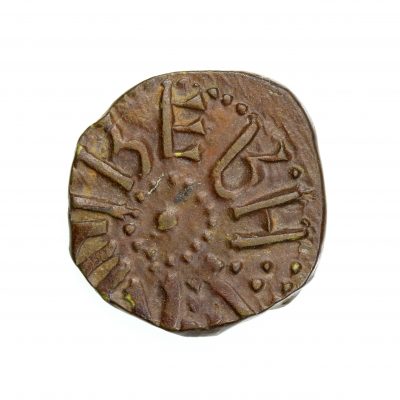
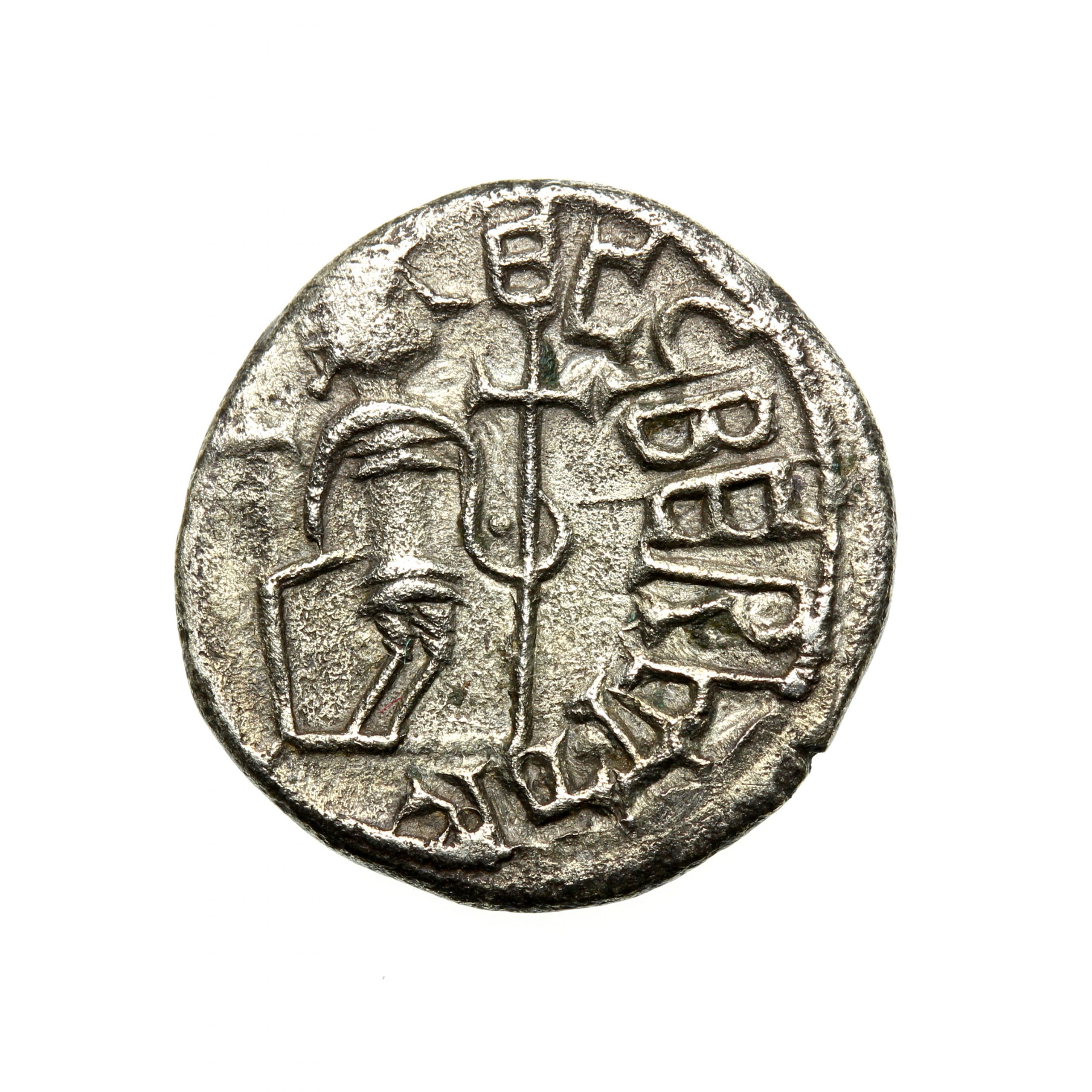
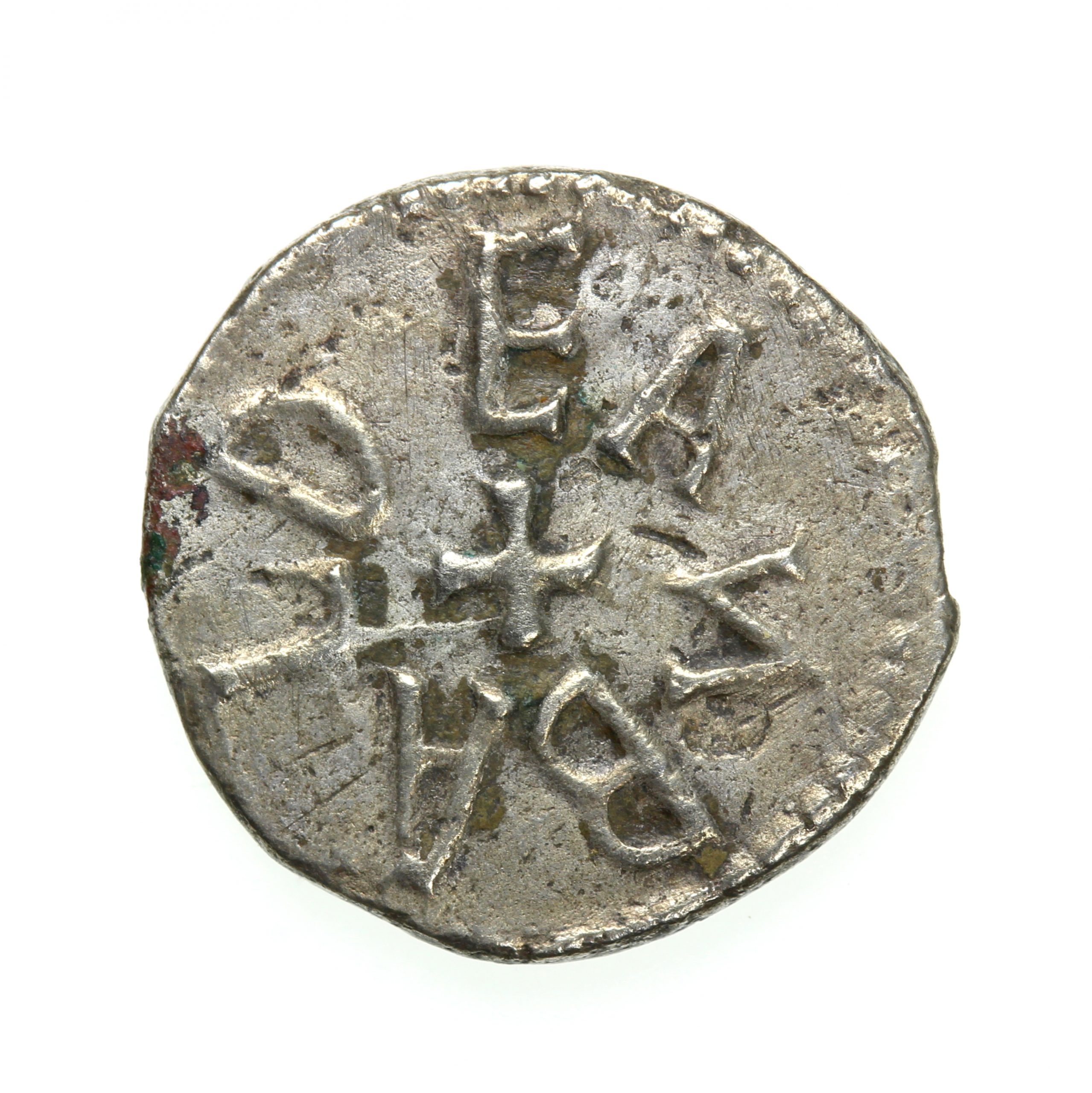
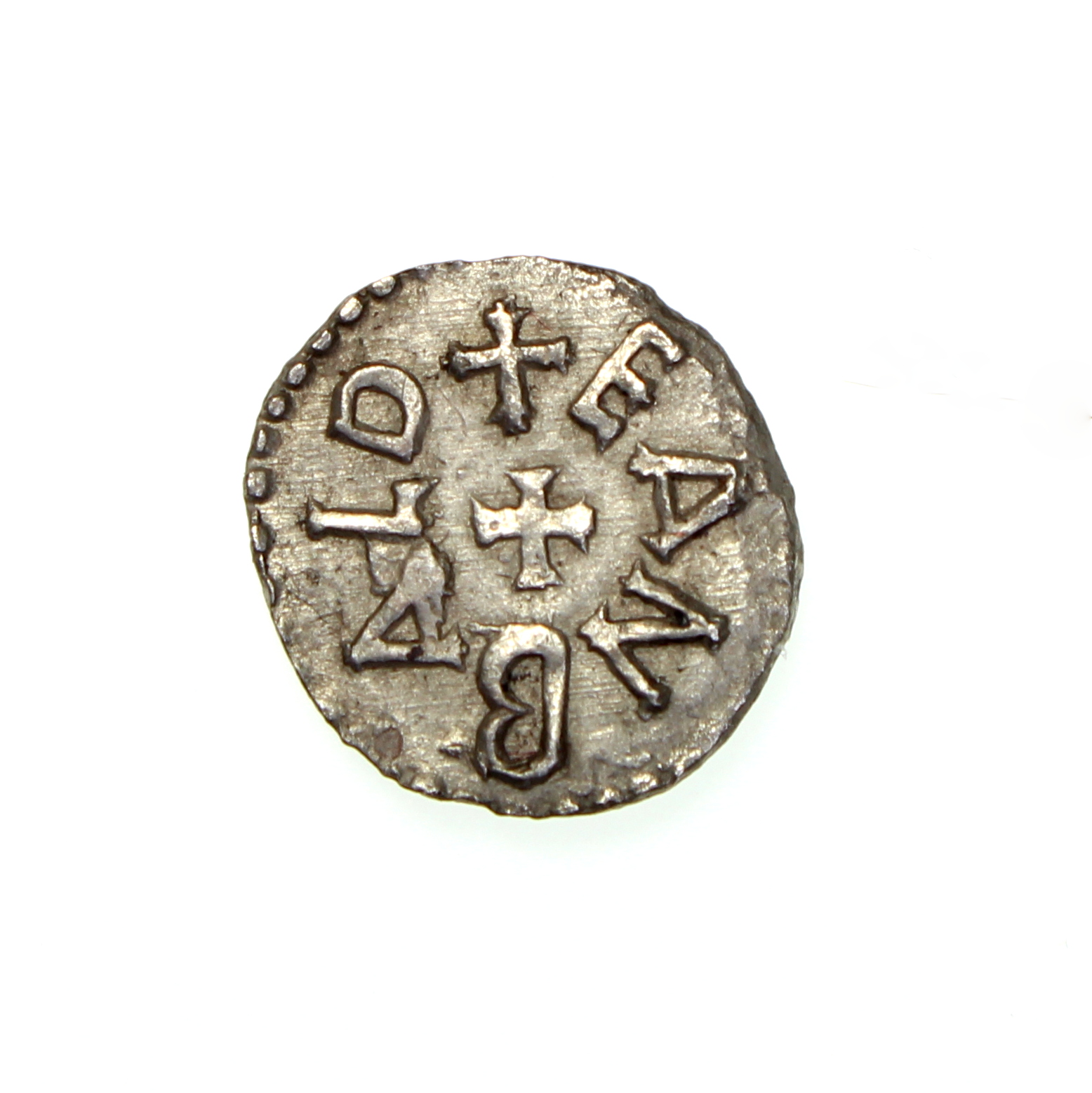 Archbishop Eanbald II – successor of Eanbald I and also a friend of Alcuin, who laid down further rules for clergy and was ultimately ostracised by King Eardwulf for allowing his enemies to claim sanctuary. Primary sources suggest he died around 808, though coin-evidence infers that pieces were struck in his name up till approximately 830.
Archbishop Eanbald II – successor of Eanbald I and also a friend of Alcuin, who laid down further rules for clergy and was ultimately ostracised by King Eardwulf for allowing his enemies to claim sanctuary. Primary sources suggest he died around 808, though coin-evidence infers that pieces were struck in his name up till approximately 830.